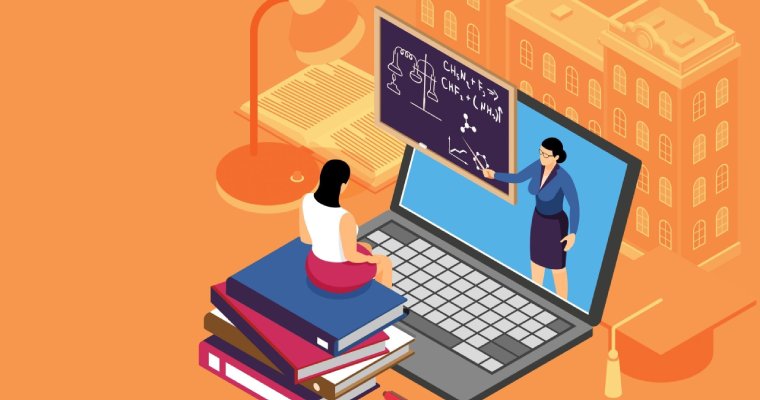
Students’ life is not only just visiting classes - the essential parts of every student’s routine is visiting their campus, seeing friends in the cafeteria, discussing your ideas in the classroom and living in dorms. This, however, has drastically changed just over a year ago, when the global pandemic has forced students to retrieve to their homes and accept the new form of studying - online learning.
Online education by itself is, beyond any doubt, not a new concept. For a long time, it has been possible to complete your degree without getting away from your computer screen. Also, a large number of students have already used online studying resources such as writing services to complete their homework.
Still, in 2020, sitting next to friends in class has changed to seeing their faces in small Zoom video boxes (or not seeing them at all - let’s face it, “my camera is not working” has become a catchphrase for many students). This way, online learning changed the students’ perception of education itself with a few significant factors involved.
Increased Stress and Anxiety Levels
It might seem that studying at home, which is a familiar and comfortable environment, should benefit the students. However, it turned out to be quite the opposite case - students have reported that their levels of anxiety have increased, leading to stress, mental disorders and even depression (Chakraborty et al.). Considering the threat that COVID-19 has imposed on their health and the rapid change in everyday lives due to safety measurements, it is quite understandable why switching to online learning has been stressful. Besides, for many students, going to university was a way to escape a stressful or unpleasant environment at home, and going back has influenced them largely.
Downfall in Productivity
Since going to university meant adhering to a certain schedule, it is no wonder that studying from home has affected the student’s productivity. Of course, the classes still begin and end at a certain time, but it is much easier to get up knowing you need to go to a physical class than watching the lecture while lying half-asleep in bed. Offline classes offer much less distractions, while the students have found it very hard to focus on the screens without diverting their attention. For many of them, procrastination has become the synonym to online classes, and they have found it hard to manage their own schedule (Nikki Eye).
Socializing and Interaction
Even though the pandemic has put social interaction on hold not only for students but for everyone, a significant number of students have agreed that offline learning is much more beneficial in terms of socializing (Nikki Eye). This does not only include missing friendly interaction with classmates - many students take part in club activities which are an essential part of their experience. With no opportunities for such communication, students have reported feeling isolated.
Technological Improvement
Nevertheless, online learning has been reported to improve the teaching methods, which many students have considered as a positive influence. Many teachers have gone the extra mile to make their classes more interactive, while some of them have to learn how to handle modern online resources from scratch. Even though most students would still prefer a regular classroom lesson (Chakraborty et al.), we should not deny that for many teachers, online classes have provided an opportunity to extend their methods beyond using just a textbook. Presentations, online assessment and creative digital assignments have made the learning process more diverse for many students.
Temporary Solution
All in all, despite some benefits, online learning during the pandemic remains a temporary solution rather than an innovative way of studying. Considering that the students reported higher stress levels, social isolation and an increase in procrastination, we should stay safe and in order to go back to regular classes as soon as possible.


